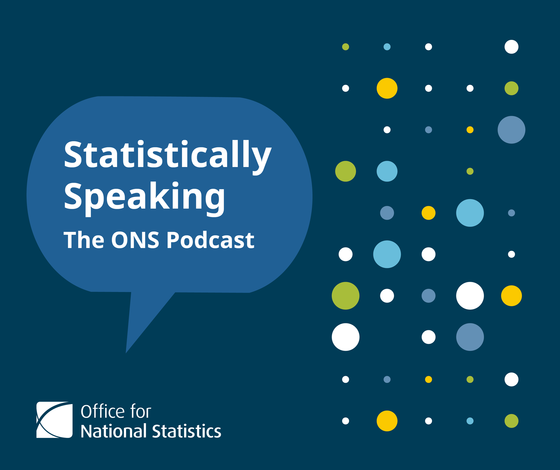Bringing together UK health statistics

Making government statistics accessible to everyone and coherent across data sets maximises the value they bring to important topics. The ONS has been working with the devolved administrations and health bodies to bring together and improve the statistical coherence of UK health data. Becky Tinsley shares an update on this work and explains how it will help create a deeper and wider understanding of health.
Read more on Bringing together UK health statistics


